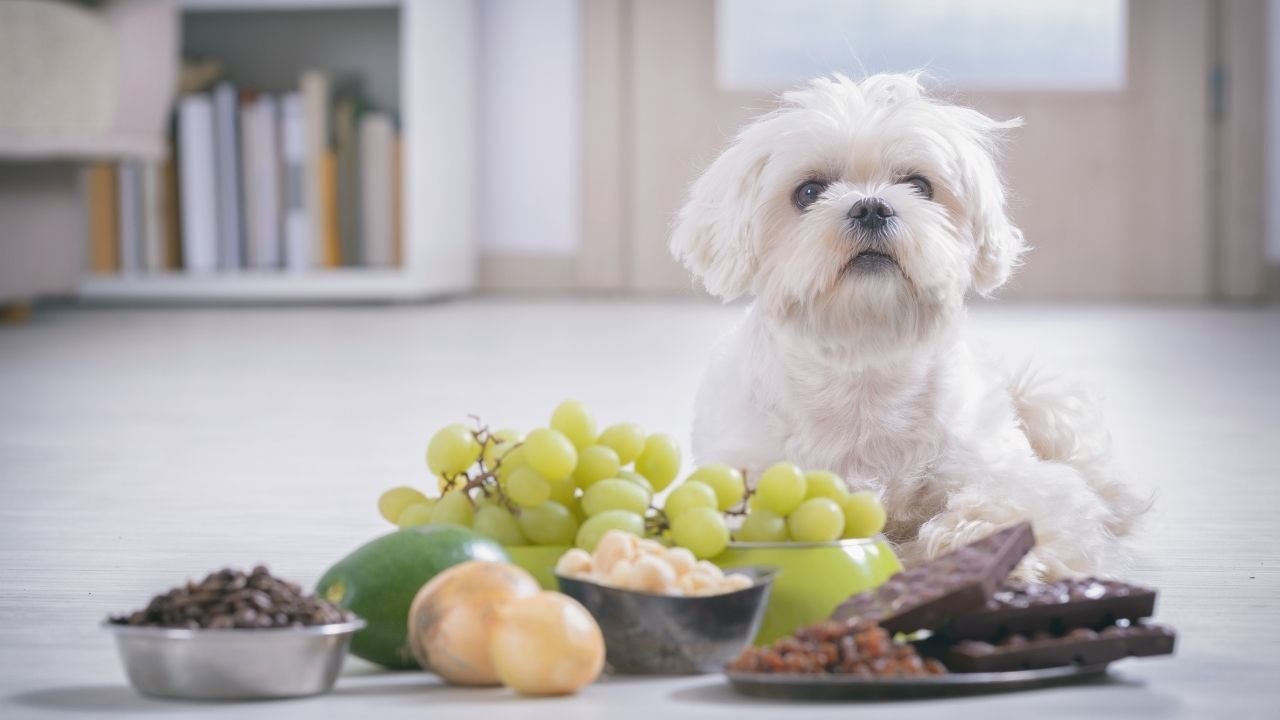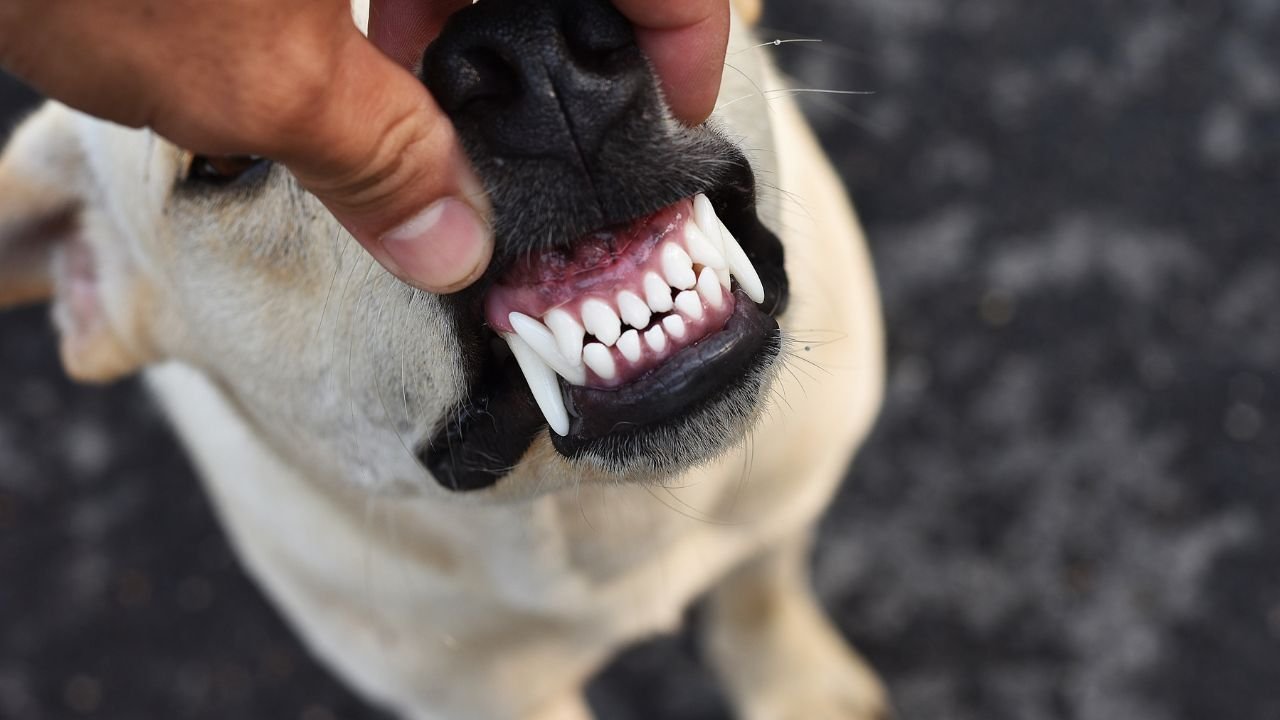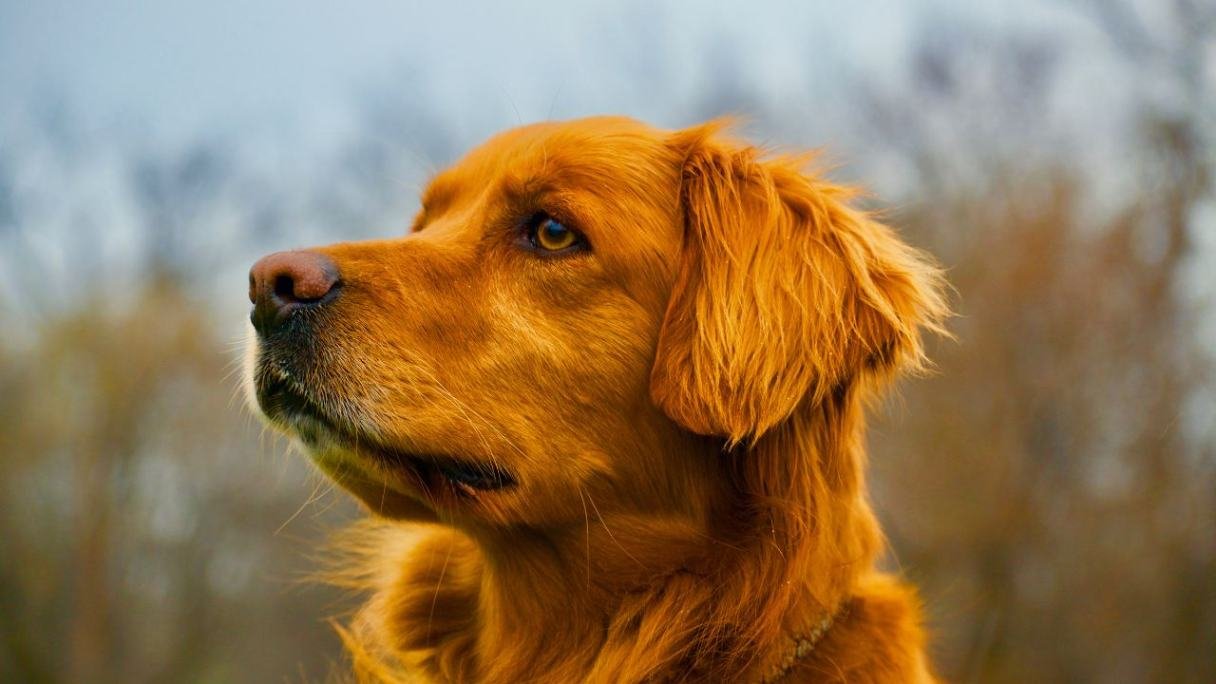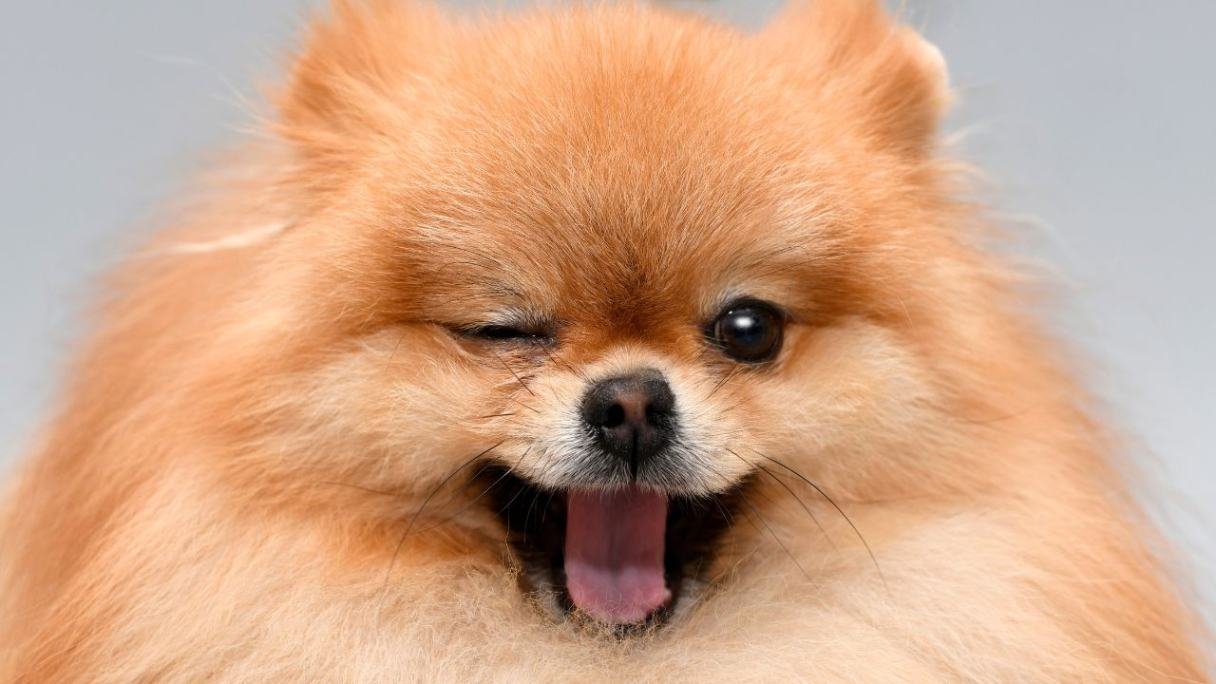Tender Loving Pawz is supported by its audience. When you purchase through links on our site, we may earn an affiliate commission at no cost to you. Here’s how it works.

Despite their elegant looks, Poodles possess remarkable capabilities. Poodles are among today’s most versatile, intelligent, and athletic dog breeds. Throughout history, Poodles have won the hearts of dog enthusiasts because of their noble background and outstanding abilities.
Let’s now take a deeper dive into this breed!
Breed Origins and History
Most people think Poodles came from France, but they originated in Germany, where they were first bred as water retrievers. The word “Poodle” comes from the German word “pudel,” which is short for “Pudelhund” and means “splashing dog” or “water dog.” This name makes sense because Poodles were initially bred to retrieve things from the water.
These dogs spent their time working before French fashion makers adopted them as fashionable pets and show animals.
Breed Varieties

There are four official size categories of Poodle breeds:
- Standard Poodle: largest variety, standing between 15 and 22 inches (55.88 cm) tall.
- The Miniature Poodle: a medium-sized breed, standing between 10 and 15 inches (38.1 cm) tall.
- Toy Poodle: small companion, standing under 10 inches (25.4 cm) tall.
- Teacup Poodle: an unofficial, tiny variety of Poodles.
Physical Characteristics

Coat and Grooming
The distinctive characteristic of Poodles is their hypoallergenic coat, which consists of dense, curly hair that continuously grows.
Poodle Coat Requirements
The Poodle has a unique coat that needs a great deal of care and maintenance. Their fur never stops growing, so a groomer visit is a must every month or so. Daily brushing is a lifesaver to keep those tangles away.
Poodles can have many haircut styles, depending on their lifestyle and their owner’s preference. Some popular styles include:
- Puppy Cut
- Teddy Bear Cut
- Lamb Cut
- Kennel Cut
- Continental Cut
- English Saddle Cut
Distinctive Features

- Elegant, square-proportioned body
- Long, sophisticated neck
- Intelligent, alert expression
- Dark, oval-shaped eyes
- Long, hanging ears
Temperament and Personality
Poodles are classified among the most intelligent dog breeds because of their remarkable intelligence abilities. Their characteristics include:
- High trainability
- Strong desire to please their owners
- Excellent problem-solving skills
- Playful and energetic nature
- Strong social bonds with family members
- Anxiety problems can develop in a Poodle when improper socialization takes place.
Health and Lifespan
Standard Poodles usually live for 10 to 18 years, while Mini and Toy Poodles tend to live a bit longer, around 12 to 20 years.
Common Health Considerations
Poodles aren’t perfect; they can get things like hip issues, eye issues that get worse over time, seizures, and Addison’s disease. Also, the larger Standard Poodles are more likely to get bloat than the smaller Miniature and Toy Poodles.
Exercise and Training Needs

Poodles are high-energy dogs. They need about 30 to 60 minutes of exercise each day. It’s also a good idea to keep their minds active with training and games. They’re typically pretty good at dog sports like agility, obedience, and tracking.
Ideal Living Conditions
Poodles adapt well to living in apartments and houses, as they enjoy spending time indoors with their families. They require moderate yard space and are excellent for active individuals and families. When they are properly socialized, they also get along well with children and other dogs.
Interesting Facts about the Poodle

The exceptional intelligence of Poodles made them suitable performers in European circus acts.
Many dog events use Poodles as performers because they consistently achieve top ratings in dog sports. Poodles have been a favorite among royalty and celebrities. They excel as service and therapy dogs, providing assistance and companionship to those in need.
Conclusion
Beyond their elegant exterior, Poodles possess numerous characteristics. Poodles serve as splendid companions that use their smartness and adaptability to create happiness through their enthusiastic nature and faithful bonds with their families.











